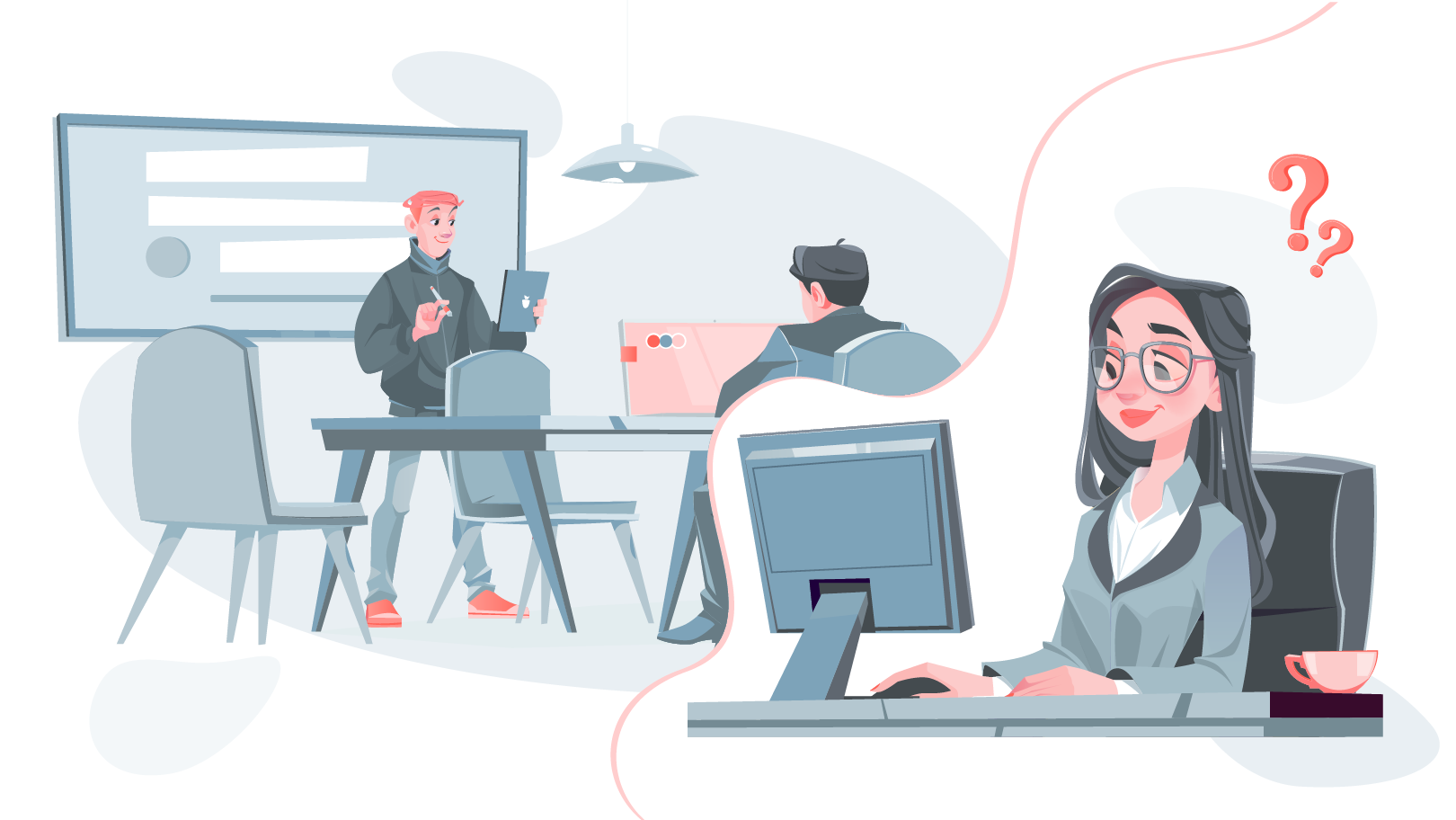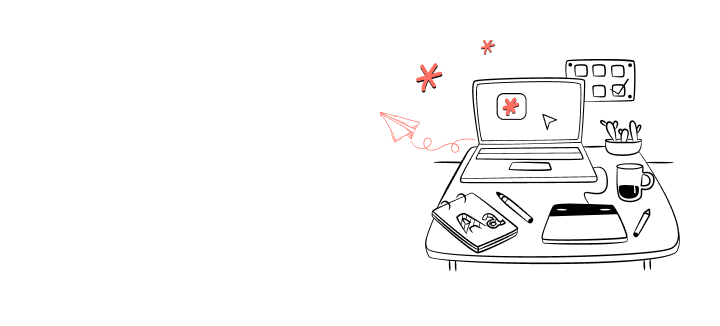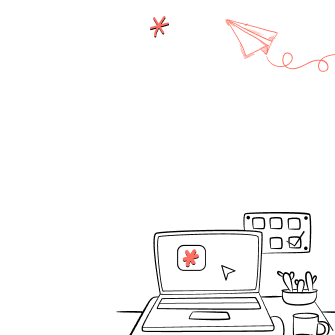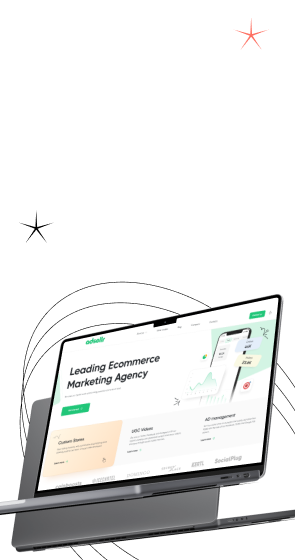A five-year study conducted by the McKinsey Design Index revealed that companies making consistent investments in their design outperformed their peers, achieving nearly double the rate of revenues and shareholder returns. In the dynamic world of creative endeavors, businesses often face the crucial decision of how to approach their design needs. The choice between in-house designer vs. agency carries significant implications for the quality, flexibility, and cost-effectiveness of projects. As companies seek to establish or enhance their brand identity, the debate surrounding these two options intensifies.
In this article, we delve into the intricacies of this pivotal choice, exploring the distinct advantages and drawbacks of employing an in-house designer versus collaborating with a design agency. Keep reading!















